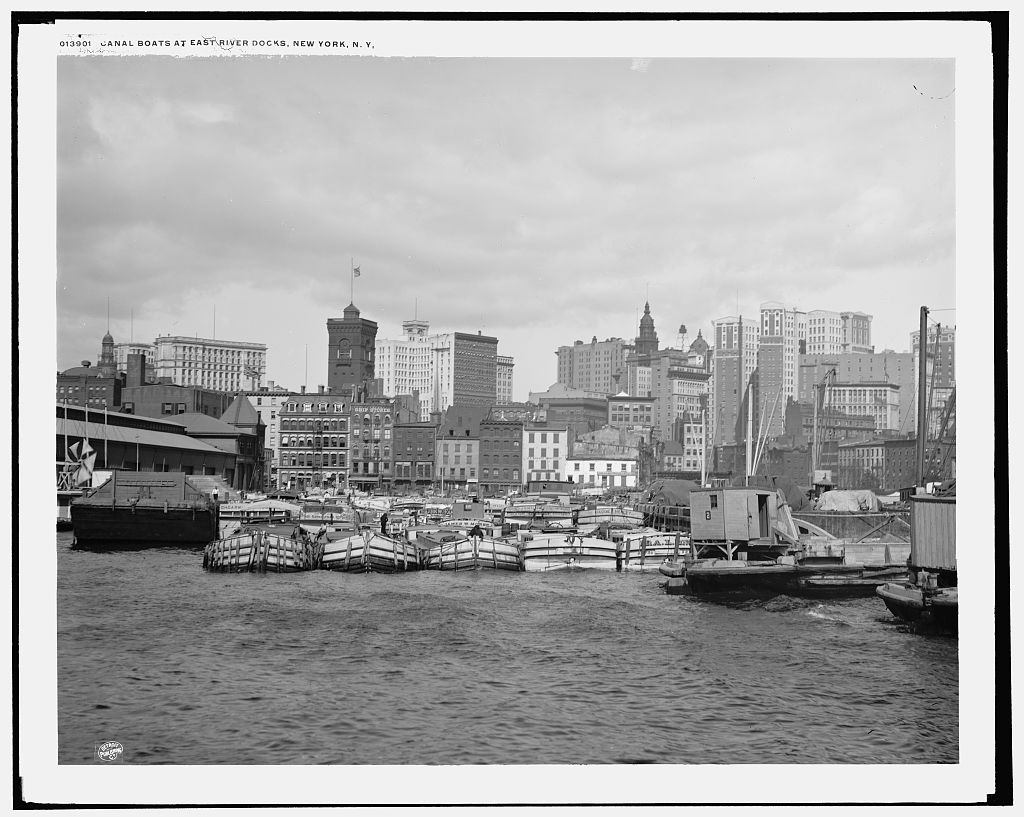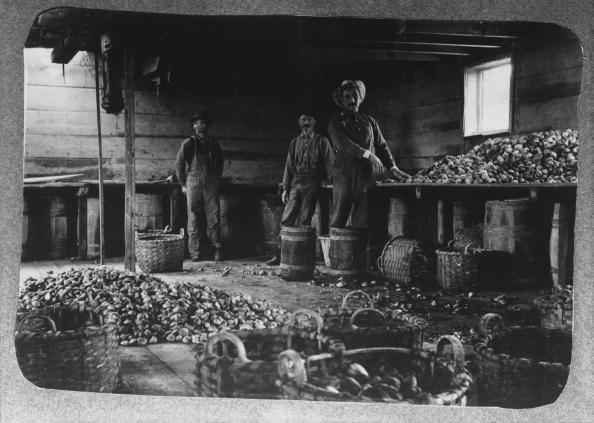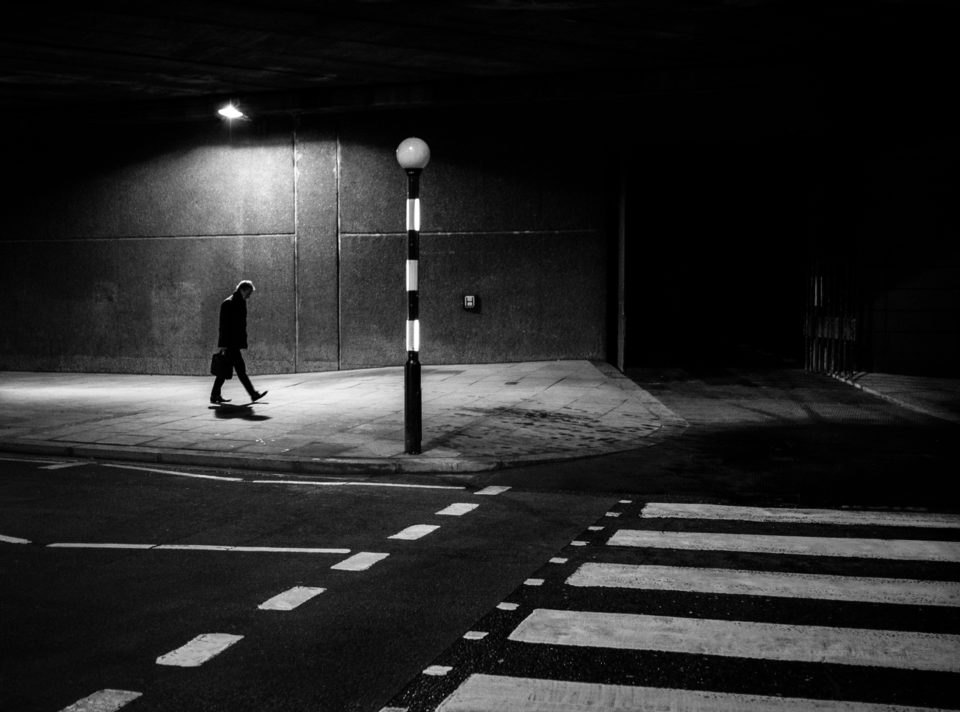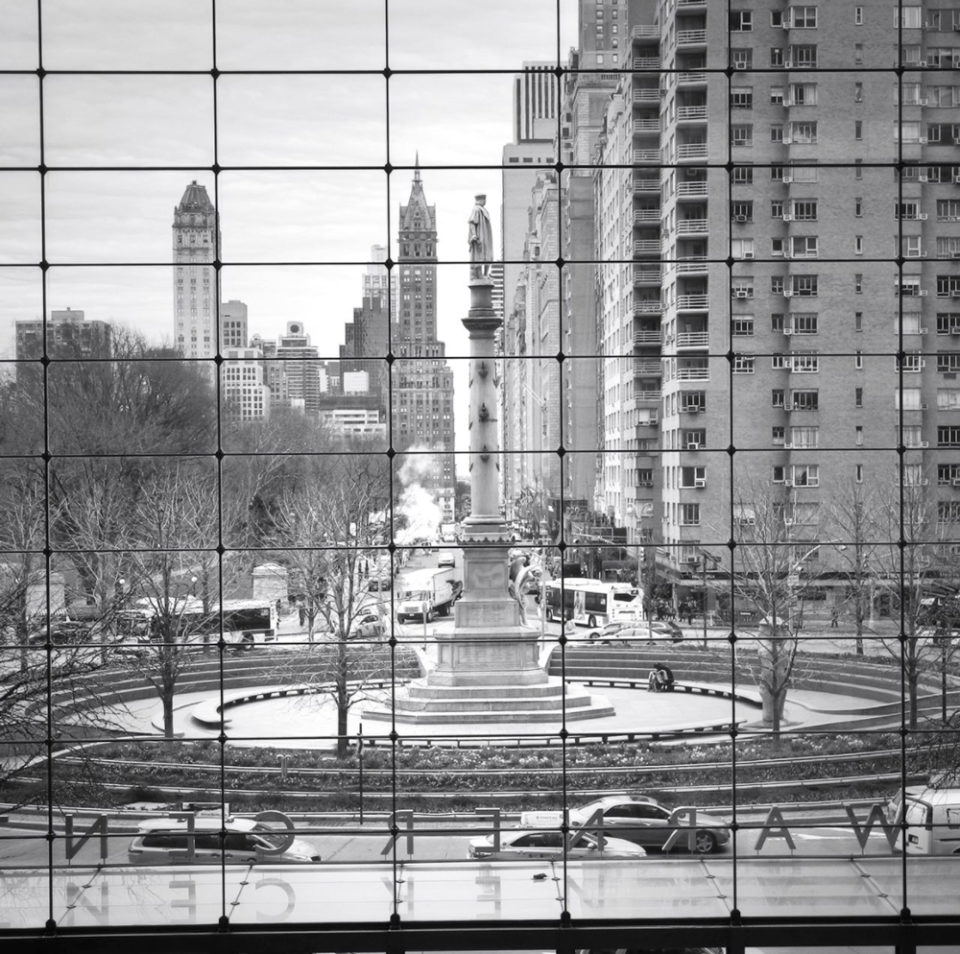Tranquility and transit are disconnected in any New Yorker’s head. Our subways are crammed with cranky people assailed by announcements of delays due to track fires, police actions, breakdowns, sick passengers and my personal favorite, train traffic ahead. (Shouldn’t there always be train traffic ahead?)
At 7:30 am on Friday, April 21st, a power failure at the Seventh Avenue and 53rd St station dominoed into massive delays on the B, D, F, M, A, C, E, J, Q, G and R trains —over 50% of the system. This came on the heels of two derailments in two weeks at Penn Station. Talking about our crumbling infrastructure is not considered polite conversation, even though it’s the only thing our dysfunctional politicians agree about.
Sensing our distress, New York City launched a new ferry service on May 1st. May Day. Or Mayday in nautical parlance. At long last, a peaceful alternative has washed up on our shores—for the price of a Metrocard. Our urban planners reached this enlightened decision after studying other cities, most notably Sydney.
Now, you’re saying New York has always had ferries, what about the legendary Staten Island Ferry? It’s free! Well that’s great if you live in Staten Island, a place that’s culturally in New Jersey and voted for Trump. And speaking of New Jersey, ferries have crisscrossed the Hudson for years. Fine. But let’s get real, this is the first feasible attempt to link the other four boroughs by our most neglected artery, the water.
“Perhaps ferries, a city not state initiative, could be the big splashy, success Mayor de Blasio needs before the November election.”
Walking around New York you’d never know it was once a maritime powerhouse. The mighty Hudson river is really a giant salt-water estuary that’s tidal all the way to Albany and perfect for big ships. The goods of the world were unloaded at myriads of docks that swarmed around Manhattan and Brooklyn like giant waterborne centipedes—our wealth built on sea legs. But long before airplanes replaced passenger ships and containerization ripped the heart out of the port, New York turned its back on the sea. We looked inward, fashioning our center along the commercial spine of Fifth Avenue and focused our gaze upward on towers in the sky. While Central Park became our lungs, the East River devolved into a cancerous urethra. (Let’s not ponder an anatomical analogy for the Gowanus Canal.)
Who cared the city has 520 miles (840km) of coastline when the only two miles of it you could enjoy were Coney Island? (Best experienced from the boardwalk or at the freak show.) Or Orchard Beach? Where the last plunge I took rewarded me with a rash.
But the tide has turned. New Yorkers are waking up to the fact that we live on an archipelago. Governor’s Island has become a summer playground. Randall’s Island alternates from art precinct to mega disco. On the renovated piers in the Village picnickers sun themselves alongside the rent boys. And now—ferries!
In forty-three minutes you can go from Sound View in The Bronx to Wall Street. Or from Astoria, Queens and Bayridge, Brooklyn, too. You can put your surfboard on a rack and head to Rockaway. All this new transportation without spending a bazillion dollars and keeping entire neighborhoods awake for decades like the Second Avenue subway. Perhaps ferries, a city not state initiative, could be the big splashy, success Mayor de Blasio needs before the November election.
Hornblower, the company running NYC Ferries, estimates by 2018, it will carry 4.6 million passengers on its 20 boats servicing 22 landings along 60 miles of routes. However you do the math, the stress relief will be incalculable.






